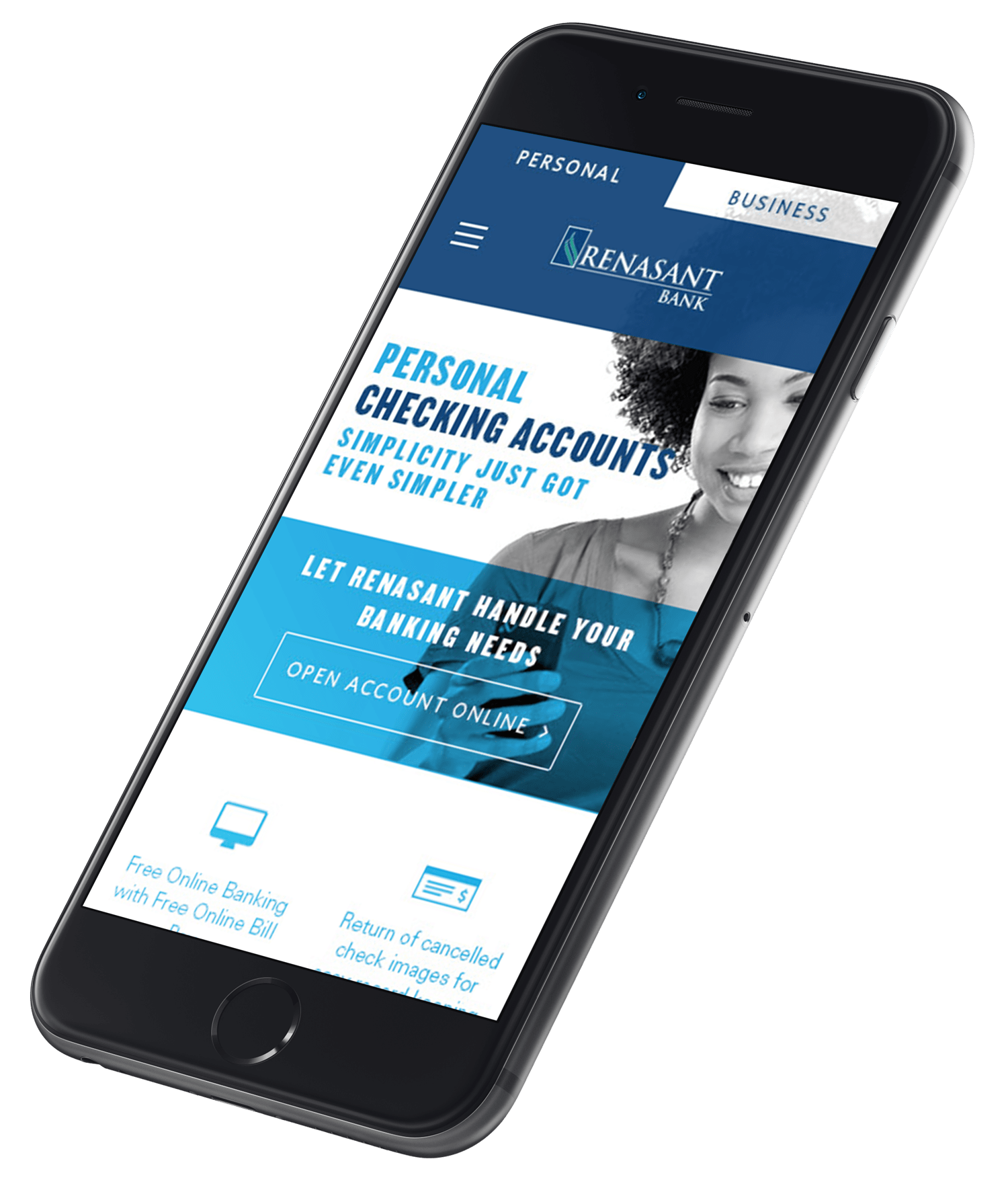As a bank marketing professional, you’re basically running your own marketing agency.
But while most outside agencies focus on multiple clients within a number of disciplines, you’re pitching and selling to your bank’s various lines of businesses directors, who—although they may not want to realize it—are just like you: trying to win new customers, keep current ones, and most of all, improve the bottom line for your financial institution.
Of course, every director feels his or her specific line of business is most important and essential to your bank’s ongoing success—while you’re in charge of building a consistent, cohesive strategy for the entire bank.
Regardless, you’re going to need LOB buy-in to get your ideas in front of your stakeholders. Finding balance is important because it’s their responsibility to grow their LOB. There doesn’t have to be friction. Take some of our experience as a marketing firm to help fulfill needs, uphold your brand, and maintain sanity.
In hopes of smoothing out processes and building a unified front before each big pitch, we want to share five tips to help you include LOB directors in your marketing plan.

1. Do your homework. Whether you’ve already received specific business requirements or just got caught in a “Hey, we need this yesterday” hallway conversation, go into every meeting prepared. Research as much as you can about the LOB and how its work fits into your FI’s overarching product suite.

2. Go in with an open mind. Yep, you know your stuff, but so do your directors. It’s rare that a marketing professional (whose sandbox reaches company-wide) has as much detailed information as a director leading a single LOB. It’s OK to have ideas of where you want to begin, but sketch them in pencil—not Sharpie.

3. Ask questions. Don’t just sit there quietly. Asking smart, detailed questions shows that you value the business’ viewpoint and want to learn more about it. It also gives you an opportunity to role-play from the customer’s perspective—or even play devil’s advocate when needed. Here are a few ideas to get you started:
- What’s your most important strategic goal in 2019?
- What’s your biggest obstacle to obtaining new business today?
- How much would you spend to acquire a new customer of your product, or for this service?
Also, for departments that are spread out in different offices, try a simple electronic survey, asking for less than five minutes of their time. No matter who you’re reaching out to, watch your tone and delivery so that you don’t come across as disinterested or disrespectful.

4. Offer solutions and goals. At the end of the day, most LOB directors are interested in smart, simple marketing plans that eliminate customer pain points, grow profits, and reach any other goals (like new client growth) that have been put in place. At the same time, it’s your job to protect the overall brand, so make sure any ideas are in line with your FI’s overarching marketing plan.
You need to get LOB buy-in, but that’s only the beginning. Having a solid grasp of business requirements, asking questions, and offering innovative solutions only go so far if you miss the mark. See, you might not be involved in every meeting, but your director needs buy-in from his or her leaders, not to mention legal and compliance. In addition to perfecting the client experience, your LOB leaders are strongly interested in the bottom line. So, be prepared to talk about how you’ll define success, how you’ll measure it (and make potential adjustments as needed), and how you’ll deliver quantifiable metrics that your LOBs can both understand and share with others.
Beginning with the end in mind may mean that although your idea was a good one, the LOB—or someone higher up the food chain—may offer a solid reason why it just won’t fly. And that’s OK—at the end of the day, you’re all on the same team trying to put out great products that help your bank achieve greater goals.
At the end of the day, you’re all on the same team trying to put out great products that help your bank achieve greater goals. That being said, you’re the marketing expert. You’ve got skills, so use them to create great, on-brand work that allows your talents to shine while achieving LOB expectations. When that happens, getting stakeholder buy-in can be much, much easier.

5. Face inward. You’re not going to have the bandwidth or the budget to do every campaign every single time an LOB wants to do one. But you can make big gains in the area of training—a strong internal education campaign on a product’s features, benefits, or its competitive differentiators can go a long way. That way, you’re still helping LOB directors find success even when there’s not a big, shiny marketing campaign rolling out right away.




